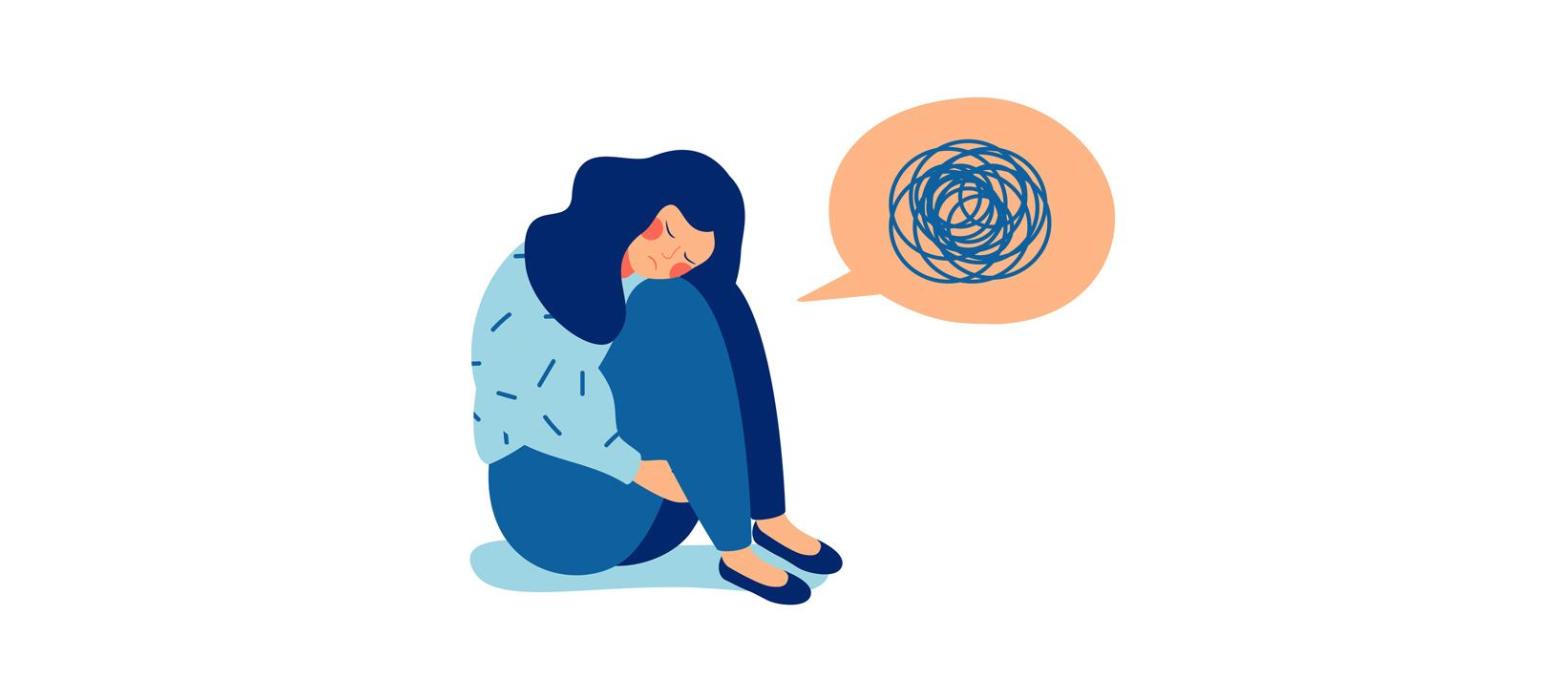In the labyrinth of our minds, where fears and stresses converge, two familiar companions often emerge: the stress and positive mental health issues like depression and worry. However, these two terms which are often used in remoteness, it is essential to understand the difference between them and appreciate the richness of the field of mental well-being. Now, join us as we progress to a state where we will begin a voyage to discover differences and clarify the effects of worry and worry for our lives.
What is Worrying?
People may well acknowledge that anxiety is a kind of common element in the lifesheets of emotional responses that are of particular significance to modern life issues. The feeling is in the nature of temporary anxiety with subconscious doubts and lots of contemplation regarding a particular predicament or challenge. Concern, however, unlike anxiety, is rather reasonable and based on a rational comprehension of an issue at hand, and it is what makes a man do something about it eventually. It is reflected about can't we take these tests calmly or weigh the risks we face against uncertainties purposefully. Therefore, worry is our motivation bit it is ineffective and defective.
What is Anxiety?
While depression is quintessentially the experience of disturbed emotions and functioning of the mind, worry and fear paint a totally different picture with the mind and body being literally the house of discord, apprehension and distress. Associated with hyperrationality, the dynamics of anxiety takes people out of the usual rational being, throwing them in the endless cycle in which worry and fear overshadow their capacity to regulate. Persons affected by anxiety get tangled in the plight of chronic and wreckless episodes of apprehensions. These oftentimes involuntarily occurring episodes come along with a series of body reactions such as rapid heartbeats, among others, to severe panic attacks.
Distinguishing Between Worry and Anxiety: Some of the main differences will be as follows:
Physical Symptoms: Anxiety is aubeffected both mentally and physically; anxiety hangs in the mind, but worry fexpress itself in tangible physical symptoms including rapid heart rate, muscle tension, and sweating.
Understanding of the Problem: He is the one who fights over the shadow of tangible concerns, not only for himself but also for his environment with the ability to comprehend or have a clear understanding of the problem that can be addressed. In contrast, anxiety instead generates an atmosphere of ill-defined apprehensions that frequently do not feature evidences or feelings of a resolution.
Catastrophic Thinking: Although concern researchers name as preventive function, this mental state directs people’s minds to explore practical solutions of their concerns, while anxiety, as a psychological state, is the beginning of negative thinking, which consequently distorts outcomes to an extreme reality, not just enlarging the number of distress and helplessness feelings, but also their intensity.
Length of Concern: The worries are short-lived and unreliable to a certain extent, considering their lack of a positive effect on the process of problem-solving and active actions. While on the other hand, anxiety grows, being the main factor of psychological discomfort, and notalways making it possible to sooner find the resolution.
Impact on Daily Functioning: Meanwhile worry negatively affects your health temporarily, but anxiety, being in fact a non functioning factor, makes that impossible to you to work, interact with other people and carry on with your tasks.
Navigating Excessive Worry: Establishing contacts that can support and help you to overcome the stresses are very important.
Extremely stressed people should often seek help from others, especially when they are trying to fight excessive general worrying. For instance, you can approach your doctor for help, just as you can approach your GP for professional advice and assistance with any circumstances in which you need relevant interventions. Moreover, investigations of making use of platforms like Employee Assistance Programmes (EAPs) which provides targeted support and counseling services to cope up with the problem related to work stress and anxiety, thereby creating a work environment that nurtures everybody's mental well-being.
Lastly, anxiety and worry, despite being based on the same underpinnings of fear that breed stress, showcase the importance of perceiving their individual traits. By developing comprehension and rapport of these dichotomies, people can use the metaphor of labyrinth which they can walk through tangles of their inner world with more clarity and strength necessary for balanced health and inner peace.




